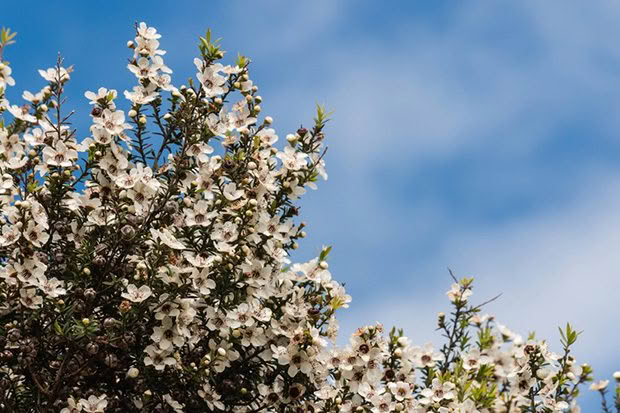Great firewood trees (and what you might want to avoid)

Here’s what will keep you warm and cozy when you fire up your wood burner this winter. We look at the hard and soft options, and the ones you may want to avoid planting out on your block.
Words: Nadene Hall
Ask the people know trees best and they’ll tell you not to grow trees for firewood. Grow trees for a list of other great reasons – fruit, nuts, shelter, habitat, erosion control, timber for posts etc – and you’ll always have enough firewood and kindling from the prunings and windfall branches and twigs. There are plenty of trees that make great firewood that will also work for you in other ways.
THE BEST SPECIES FOR YOUR BLOCK DEPENDS ON:
• the size of your block
• your ability to safely harvest them
• your time frame
• local climate
• soil types
THE BEST SPECIES WILL:
• grow fast
• be at least medium density
• not grow too large
• easily split
• be healthy
• moderately wind firm
• burn cleanly
This means the best species for your area won’t be in another. Worse, it might be a weed in a warmer area because it dumps a lot of seeds or berries that birds spread, eg cotoneaster, hawthorn.
We strongly urge you talk to your local Tree Crops Association to find their recommendations — suggestions for most regions of NZ are available here.
5 HIGHLY RECOMMENDED FIREWOOD TREES
1. Manuka
Leptospermum scoparium
Manuka self-sows, grows fast, copes with everything – drought, frost, cold, wet, acidic conditions, shade – isn’t palatable to stock, gives you a gorgeous honey, and doesn’t grow too tall, plus it’s excellent as a pioneer shelter tree (its natural role in native bush). You can split it when its green, use the flaky bark for kindling, and enjoy a very hot fire with little ash.
2. Kanuka
Kunzea ericoides
Kanuka looks very similar to manuka but grows much taller. The differences: manuka leaves are prickly, kanuka leaves are soft, manuka retains its seed pods, kanuka doesn’t, split manuka is cream inside, kanuka is red with cream. Kanuka also self-sows, and the wood burns long and slow, producing incredible amounts of heat.
3. Casuarina/she-oak
Casuarina cunninghamiana
This is known in many parts of the world as the best firewood of all. These are fast growing trees and they need to be pruned or they will get up in height quickly in warmer climates. The young trees are frost-tender, but it’s worth persevering with as a shelter in most soil types (even poor ones), and for the wood’s long, slow, hot-burning properties which leave little ash behind. The bonus is the tree can easily regrow after pruning and is a dense shelterbelt.
4. Tagasaste/tree lucerne
Cytisus proliferus
This tree isn’t around for a long time – it lives for about 10 years or so – but works very hard for you in that time. It’s a fast growing pioneer shelter tree if you’re setting up an orchard or want to protect longer-living shelter trees, it breaks down to make great compost, the foliage is a highly nutritious stock feed (birds love it too), it’s good to coppice, and it fixes nitrogen in the soil. Even better, after year 4 it will provide a lovely firewood – even finger-sized branches are worth burning.
5. The no-firewood tree firewood block
When long-time NZ Tree Crops member Sheryn Dean was planning her block, she got some great advice: plant fruit trees and you’ll never need to plant firewood trees.
One hundred and fifty fruit, nut and fodder trees later and Sheryn has found that advice is correct, and the bonus is that fruit and nut trees are hardwoods so they have excellent burning qualities, and the aroma of these woods when they burn is said to be outstanding.
Sheryn’s tip: save your grape prunings, wait for them to dry out, then use them as fire starters.
WHAT NOT TO PLANT
Pine (Pinus radiata) isn’t a good choice. It grows quickly and becomes a nuisance, it doesn’t allow other plantings to grow under it or anywhere near it, it isn’t that great as firewood compared to other options, and if you live near a commercial pine forest you may be able to get a permit (for a fee) to cut up their prunings for firewood. Some forest companies don’t allow this for health and safety reasons.
 This article first appeared in NZ Lifestyle Block Magazine.
This article first appeared in NZ Lifestyle Block Magazine.
